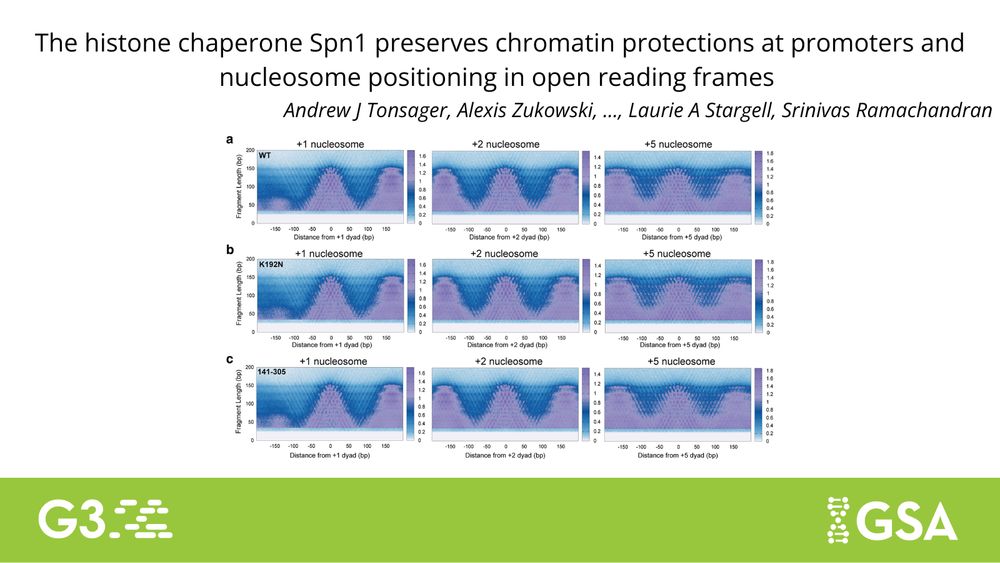
www.biorxiv.org/content/10.1...
A tour-de-force by 1st authors Bruna Eckhardt & @palindromephd.bsky.social, focusing on chromatin replication. RTs welcome; tweetorial in 3,2...(1/n)

www.biorxiv.org/content/10.1...
A tour-de-force by 1st authors Bruna Eckhardt & @palindromephd.bsky.social, focusing on chromatin replication. RTs welcome; tweetorial in 3,2...(1/n)

Dr. Michael McMurray (University of Colorado Anschutz) reveals how Bud8, Bud5, and Cdc42 machinery help spores establish polarity without relying on classic cortical landmarks.
www.molbiolcell.org/doi/10.1091/... #ASCB #CellBiology

Dr. Michael McMurray (University of Colorado Anschutz) reveals how Bud8, Bud5, and Cdc42 machinery help spores establish polarity without relying on classic cortical landmarks.
www.molbiolcell.org/doi/10.1091/... #ASCB #CellBiology
doi.org/10.1038/s414...

doi.org/10.1038/s414...

Read more: buff.ly/kRe9RH3

Read more: buff.ly/kRe9RH3
@SarthyLab
on chromatin vulnerabilities in CBFA2T3-GLIS2 AMLs. A clever synthesis of chromatin profiling, single-cell RNA, and DepMap data to uncover both mechanism and target 1/6 www.biorxiv.org/content/10.1...

@SarthyLab
on chromatin vulnerabilities in CBFA2T3-GLIS2 AMLs. A clever synthesis of chromatin profiling, single-cell RNA, and DepMap data to uncover both mechanism and target 1/6 www.biorxiv.org/content/10.1...
www.biorxiv.org/content/10.1...
www.biorxiv.org/content/10.1...

